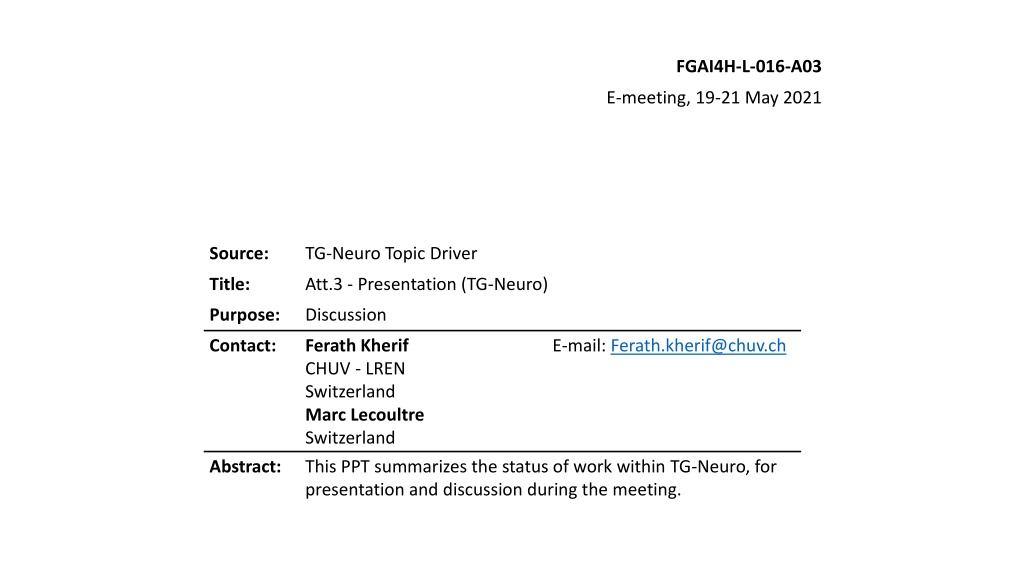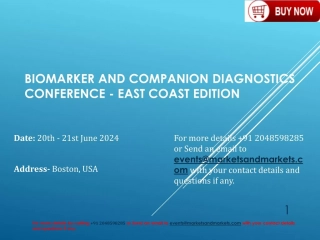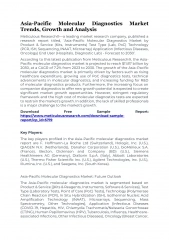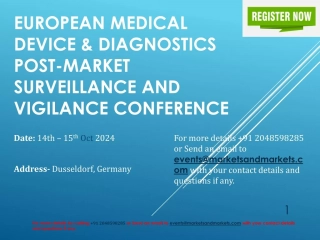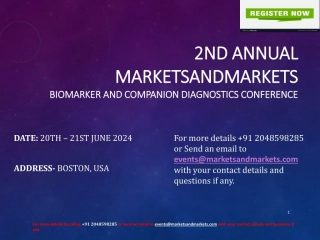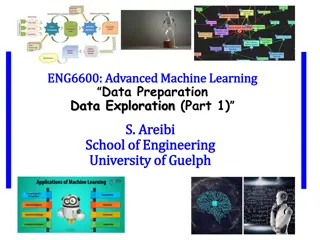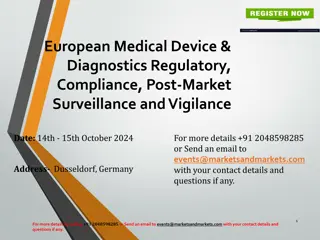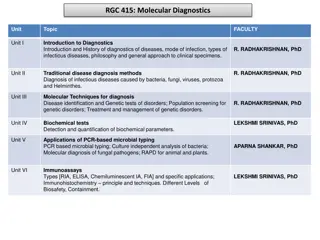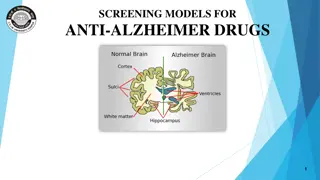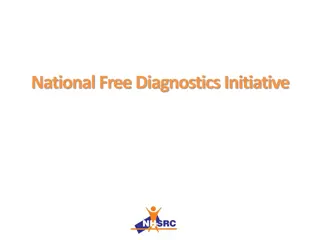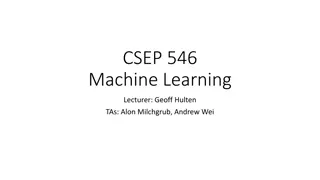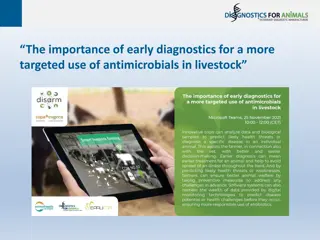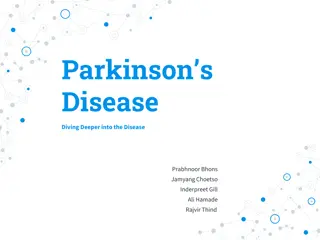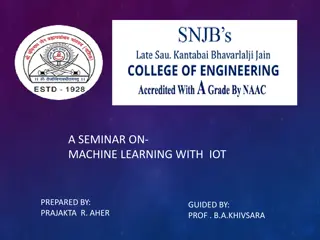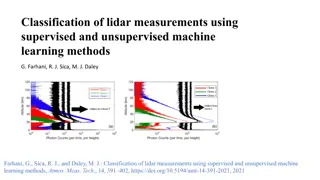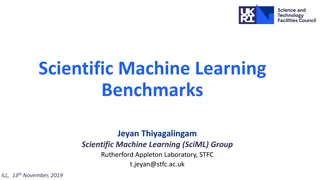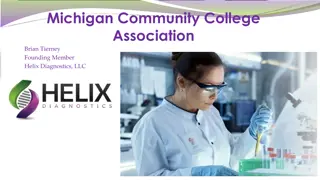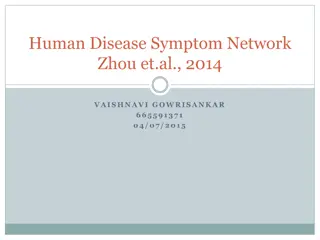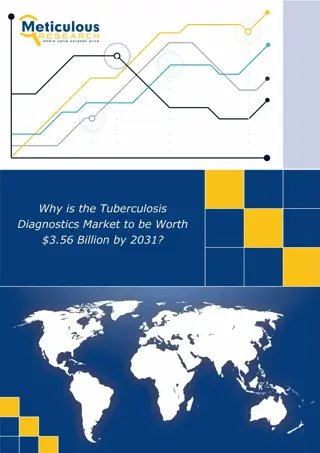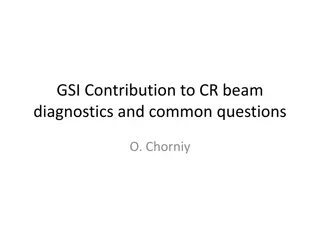Machine Learning for Neurodegenerative Disease Diagnostics
Investigate machine learning-based diagnostics for neurodegenerative diseases like Alzheimer's and Parkinson's, utilizing real-world imaging and genetic data. With the aging population, dementia is a growing concern, making early diagnosis crucial. This project aims to address this challenge through advanced technology and data analysis.
Download Presentation

Please find below an Image/Link to download the presentation.
The content on the website is provided AS IS for your information and personal use only. It may not be sold, licensed, or shared on other websites without obtaining consent from the author. Download presentation by click this link. If you encounter any issues during the download, it is possible that the publisher has removed the file from their server.
E N D
Presentation Transcript
FGAI4H-L-016-A03 E-meeting, 19-21 May 2021 Source: TG-Neuro Topic Driver Title: Att.3 - Presentation (TG-Neuro) Purpose: Discussion Contact: Ferath Kherif CHUV - LREN Switzerland Marc Lecoultre Switzerland This PPT summarizes the status of work within TG-Neuro, for presentation and discussion during the meeting. E-mail: Ferath.kherif@chuv.ch Abstract:
TG-Neuro Aim: investigate machine learning-based diagnostics for neurodegenerative diseases (Alzheimer's disease, Parkinson's Disease, and related dementia syndromes, which are located within the neurological domain of the DSM V) based on real-world imaging and genetic information. Relevance:As the population ages, the chance of becoming demented is on the rise. Current estimates suggest that there are approximately 48 million people worldwide suffering from dementia. The social cost of care to 1% of world s gross domestic product GDP. These statistics led the World Health Organization to classify neurocognitive disorders as a global public health priority.
TG-Neuro Centralised and federated approach HUB Whole Brain images from MRI, PET or CT scans. Image File Format: DICOM or NIFTI format Image File Names: Images names will be anonymised to exclude any patient identifying information. Image Resolution: the images will be supplied in their original resolution as captured from the MRI scanner Count Vascular lesion History Genetic Memory Score Executive functioning scores Co-morbidity symptoms Verbal fluency Delayed memory scores Motor scores Psychiatric questionnaires Alcohol Use Temperature The diagnosis of cognitive disorders an disease severity: Alzheimer's Diseas Mild cognitive impairment (MCI) Cognitively normal (CN) Other Mixed Dementia (MD)
Data Catalogue (Dementia Use case) First Metadata Model Dementia and general Population Data
Dementia Use case : Validation Clinical utility (phases 4 and 5). Patient outcomes Diagnostic thinking does the test confirm or change a diagnosis? Decision-making guidance Familial and societal impacts Clinical Impact In 20% of cases clinicians reported that the additional information did not change their initial DC. In 36% and in 29% of cases, they felt somewhat or slightly impacted, respectively. In 15% of cases, they significantly changed their initial belief
Depression Morphemic Brain Leverage the cloud technology AGE Large Data set 1400 Individuals Age 30-90 years 700 never suffered depression 700 suffered Major Depressive Disorder FPGA hardware acceleration vs GPU vs Non-GPU Age prediction and the delta age (which is the difference between the real age and the predicted age) are creating a lot of interest in their abilities to predict diseases. Brain Features (Morphemic workflows) Gray Matter volume vs Myelin white Matter fiber track
- Link to EU and worldwide initiative - Established research contract with Brazil/Funda o Cruz (Fiocruz) - List and connect to other partners/platforms (e.g. AD Workbench) - Complete the Data catalogue - MVP data catalogue - Federated algorithms & Hybrid cloud infra
